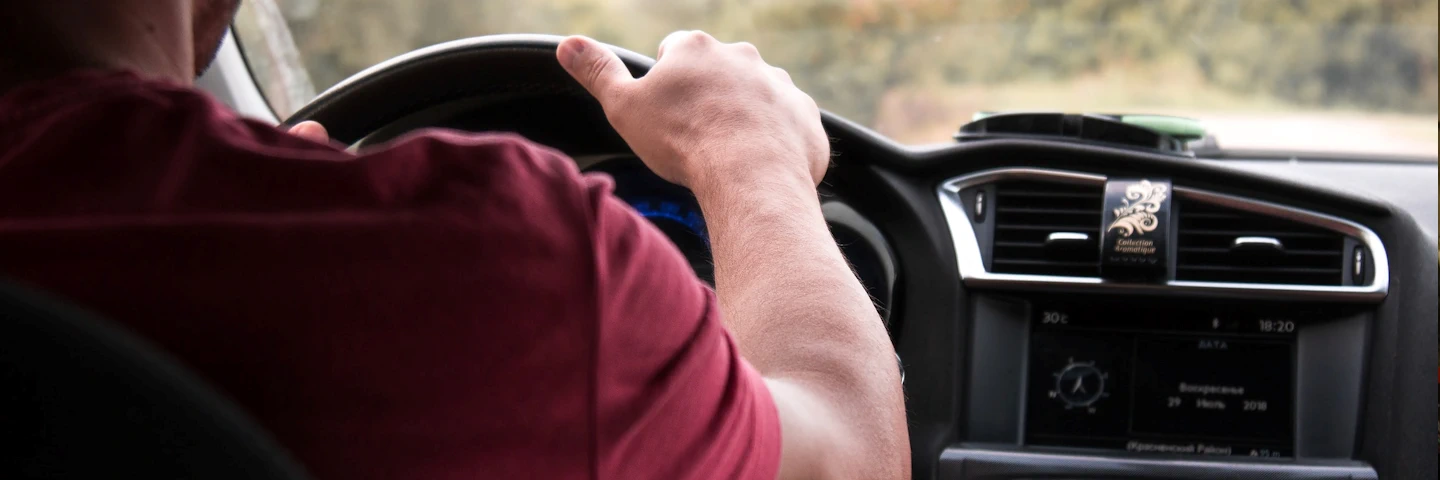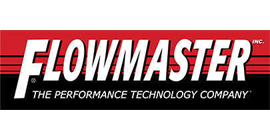Auto Heating And Cooling Repair in Peoria & Mesa
Your car's heating and cooling system plays a crucial role in your driving experience, ensuring comfort in all seasons. Beyond keeping you warm in winter and cool in summer, a properly functioning system contributes to overall vehicle performance and efficiency. From defrosting windows for optimal visibility to preventing engine overheating, this system is integral to your safety and comfort on the road. Explore the significance of maintaining and repairing your auto heating and cooling system for a smooth and enjoyable journey in any weather.
Signs Your Engine Heating and Cooling System May Require Attention:
- Weak cooling compared to the outside air
- Unpleasant, musty odors or mildew-like smells from the air
- Slow cabin warming during cold weather or just slightly warmer than outside
- Delayed or non-functioning defroster
- A/C or heater only works while the vehicle is in motion, not when idling, or stops working when the car is stationary
- Cold air from the heating system or warm air from the A/C
- Insufficient airflow even at maximum fan settings
A Comprehensive Assessment of Your Heating and Cooling System Comprises of:
- Examination of internal controls and blower
- Inspection of radiator coolant temperature, hoses, radiator cap pressure, and thermostat
- Evaluation of the compressor belt
- Thorough inspection of the system and seals for leaks or damage
- Conducting a cooling system pressure test
- Verification that A/C pressure meets manufacturer specifications
- Measurement of the interior vent air temperature
Our Range of Repair and Maintenance Services Include:
Belts
The fan belt, or drive belt, is essential for connecting your vehicle's engine to front-mounted accessories, driving the water pump and engine fan to maintain a cool engine environment. Over time, these belts may dry out and crack, necessitating replacement. Trust our skilled mechanics to inspect and replace any worn belts, ensuring they are correctly adjusted for peak performance.
Coolant System Flush
The coolant system in a car is crucial for transferring excess heat from the engine and dispersing it via the radiator. As time goes on, coolant can degrade and become contaminated, hindering the system's efficiency. Regular coolant flushes are essential to keep the cooling system functioning optimally and to extend the life of your vehicle.
Hoses
Hoses have the crucial role of transferring coolant and antifreeze throughout the engine's cooling system, including the radiator. With time, these hoses can dry out and develop cracks, leading to leaks. When it's time for replacement, you can rely on our team of experts for your vehicle repair needs.
Radiator Flush
Your vehicle's radiator keeps the engine cool and prevents overheating. Over time, sludge, rust, and other deposits can build up inside the radiator, causing clogs and reducing its efficiency, which can impact vehicle performance. Regular radiator flushes are vital to maintain its effectiveness and should be a part of your routine car maintenance.
Radiators
Radiators cool your car's engine by circulating coolant through the engine block and dissipating heat through fins. A failing radiator can lead to overheating and damage vital engine components. Regular servicing is essential to maintain your radiator's efficiency and prevent engine damage. For professional radiator maintenance, visit Mad Hatter Mufflers & Brakes today.
Radiator FAQs
When should I replace my radiator?
Often, radiators will last for the entire life of a car. On average a radiator lasts 8 to 10 years. However, there are a few factors that can reduce a radiator's working life such as improper maintenance, driving habits and environmental conditions.
What does radiator service include?
Radiator service starts with draining the system. Then we flush the radiator and engine block, inspecting all hoses to make sure they're not cracked. Next we refill the radiator with fresh coolant and finish by pressure testing the radiator cap and cooling system.
What is causing my engine to overheat?
The most common reason a car overheats is a lack of coolant or a coolant leak. However, if you have an older vehicle, it may also indicate that it is time to replace your radiator, thermostat, water pump or heater core. If it continues to be a problem that you can't fix, your best bet is to bring it to one of our shop location in either Peoria or Mesa.
Coolant FAQs
What is causing my coolant light to come on?
If the dashboard light is red, indicating your car is overheating then you should pull over as soon as it is safe to do so and switch off the engine. If the coolant level is low or there is another problem with your cooling system, you could cause serious damage by continuing to drive.
When should I do a coolant flush?
Your vehicle's owner's manual will recommend getting the coolant flushed about every 30,000 miles or three to five years, whichever comes first. Make sure to consult your owner's manual as some outline a more specific interval depending on the vehicle's make and model and your driving habits.
Why is my coolant leaking?
Corrosion within the radiator is the leading cause of a coolant leak. As the radiator tubes get older and weaker, sediment or debris collects inside and causes a leak. The sealing gasket between the tank and the radiator can also wear out, and lead to a leak.
To learn more about our Heating and Cooling services, call us at 623-878-0292 or request a quote by clicking below:
Request Quote














